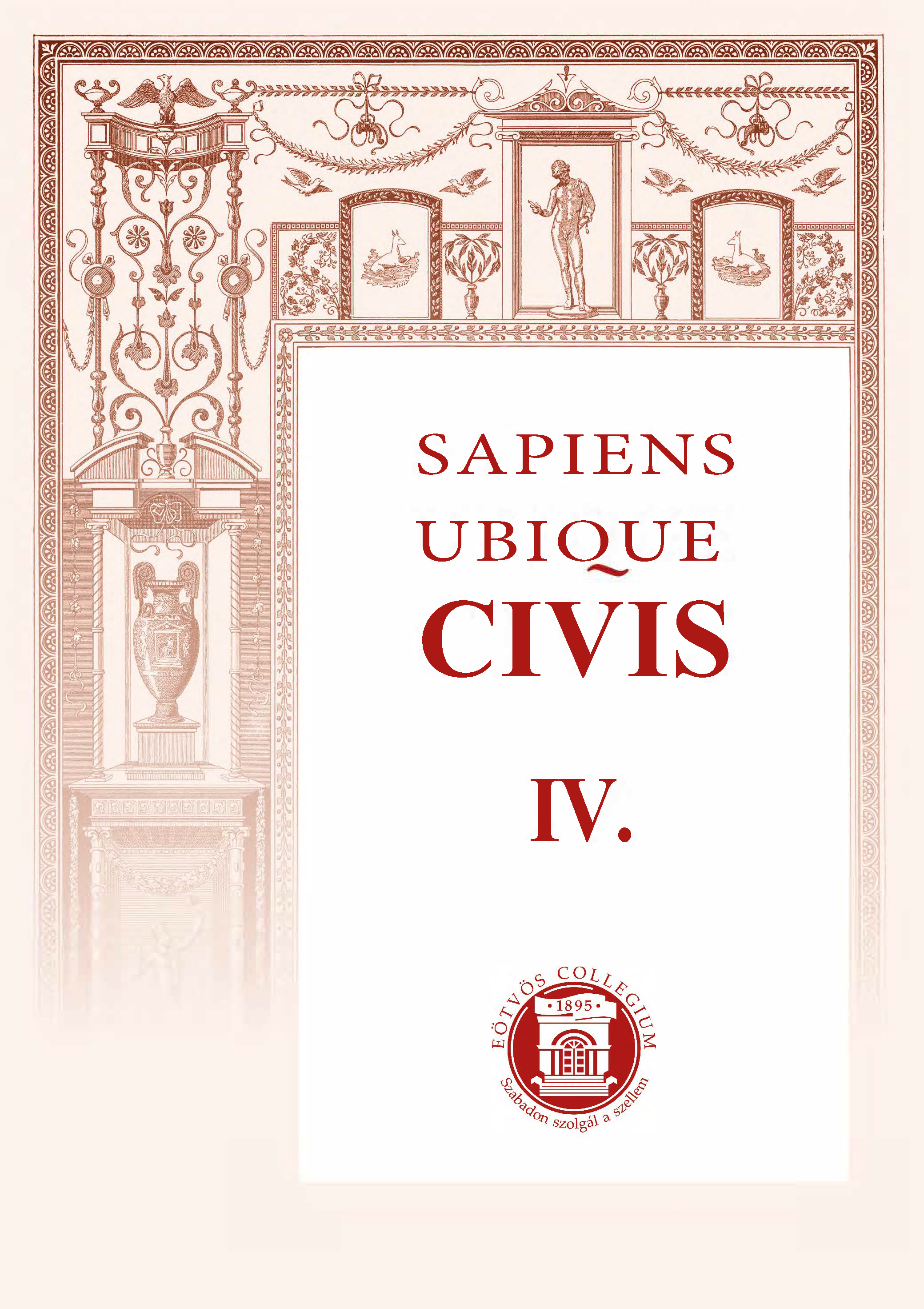On the Representation of the Corpse in Lothar of Segni’s (Pope Innocent III.’s) de miseria humanae conditionis 3, 4
Main Article Content
Abstract
The incarnation of the soul is, especially in Christian culture, often regarded as the origin of all sin. In combination with an increasing interest in the body, death and dying, which is particularly apparent in the early Middle Ages, the aspects of vanity of human beings and sinfulness frequently appear in literature. The writing de miseria humanae conditionis, written by the later Pope Innocent III (1161–1216) during his time as a cardinal, addresses in three books the hopelessness and sinfulness of human life from conception until and beyond death. Following this, the origin of all sin is found in the contamination that occurs when the soul enters the body at conception. De miseria humanae conditionis, and especially the biblical quotations contained therein, have only been discussed briefly until now. This paper aims to close that gap a little by analysing and interpreting one chapter at example. For this purpose, the passage on the decomposition of the corpse was chosen, which is also associated with the calamity of human life. The research is based on the text, which will be examined in a close reading. The primary focus will be on the depiction of the corpse; furthermore, it will be investigated how the biblical quotations are instrumentalised and to what extent the quotes influence the passage. To offer an intermedia view of this motif in the Middle Ages in addition, representations of the corpse from contemporary medieval literature and art are contrasted using the method of wide reading and New Historicism.

